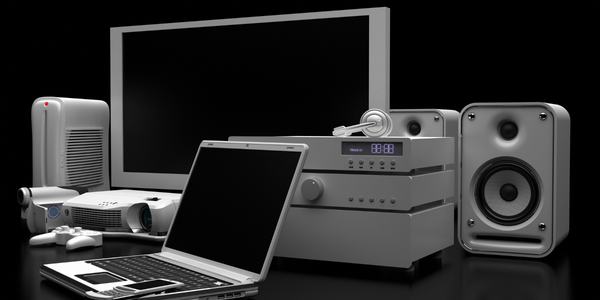下载PDF
29% Energy Savings with Industrial Optimisation

技术
- 分析与建模 - 大数据分析
- 处理器与边缘智能 - 嵌入式和边缘计算机
适用行业
- 电子产品
适用功能
- 设施管理
用例
- 过程控制与优化
挑战
一家全球领先的中国 LCD 面板制造商需要提高成本竞争力和碳足迹。它需要在制造现场减少每年用于生产压缩空气的 47 GWh 电能。
客户
增强型
关于客户
ionSign 的客户 Enersize 在提供系统压缩空气系统 (CAS) 能效优化方面拥有超过 35 年的经验。这家中国液晶面板制造商是 Enersize 的客户之一。
解决方案
Enersize 主要利用三个 ionSign 的 Gluon GMU191 单元获得的数据,计划并采用了优化措施,为中国 LCD 面板制造商节省了大量成本。在启动后的 5 个月内,Enersize 实现了 15% 的节能。已经计划采取进一步的优化措施,以在未来 12 个月内将能源节约量提高到 29%。
收集的数据
Carbon Dioxide Emissions, Energy Consumption Rate, Energy Cost Per Unit, Energy Usage, Facility Management
运营影响
数量效益
相关案例.

Case Study
Remote Temperature Monitoring of Perishable Goods Saves Money
RMONI was facing temperature monitoring challenges in a cold chain business. A cold chain must be established and maintained to ensure goods have been properly refrigerated during every step of the process, making temperature monitoring a critical business function. Manual registration practice can be very costly, labor intensive and prone to mistakes.

Case Study
Cloud Solution for Energy Management Platform-Schneider Electric
Schneider Electric required a cloud solution for its energy management platform to manage high computational operations, which were essential for catering to client requirements. As the business involves storage and analysis of huge amounts of data, the company also needed a convenient and scalable storage solution to facilitate operations efficiently.

Case Study
Leveraging the IoT to Gain a Competitive Edge in International Competition
Many large manufacturers in and outside Japan are competing for larger market share in the same space, expecting a growing demand for projectors in the areas of entertainment, which requires glamor and strong visual performance as well as digital signage that can attract people’s attention. “It is becoming more and more difficult to differentiate ourselves with stand-alone hardware products,” says Kazuyuki Kitagawa, Director of Service & Support at Panasonic AVC Networks. “In order for Panasonic to grow market share and overall business, it is essential for us to develop solutions that deliver significant added value.” Panasonic believes projection failure and quality deterioration should never happen. This is what and has driven them to make their projectors IoT-enabled. More specifically, Panasonic has developed a system that collects data from projectors, visualizes detailed operational statuses, and predicts issues and address them before failure occurs. Their projectors are embedded with a variety of sensors that measure power supply, voltage, video input/ output signals, intake/exhaust air temperatures, cooling fan operations, and light bulb operating time. These sensors have been used to make the projector more intelligent, automatically suspending operation when the temperature rises excessively, and automatically switching light bulbs. Although this was a great first step, Panasonic projectors were still not equipped with any capability to send the data over a network.

Case Study
XBee-Enabled Sensors Monitor Harsh Environments
Libelium needed radio frequency modules to guarantee accurate transmission of information from sensors placed in isolated or difficult-to-access areas. To enable Libelium to develop its sensor devices, the company needed to source a wireless networking provider that offered both long-range links and the interconnection of wireless networks of different frequencies.







